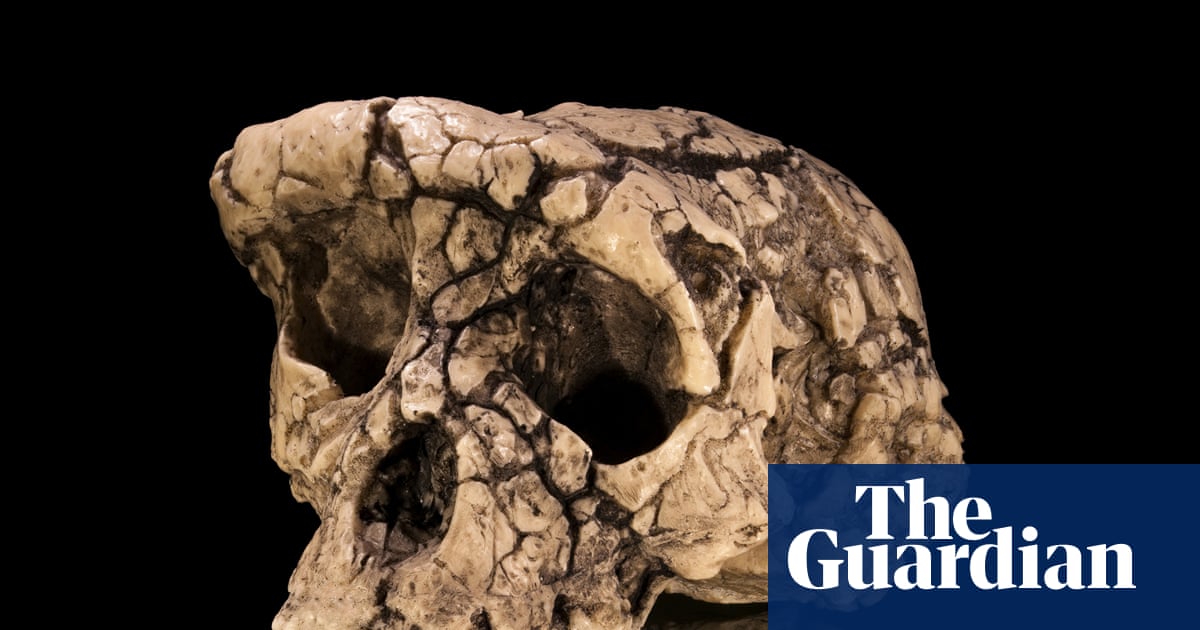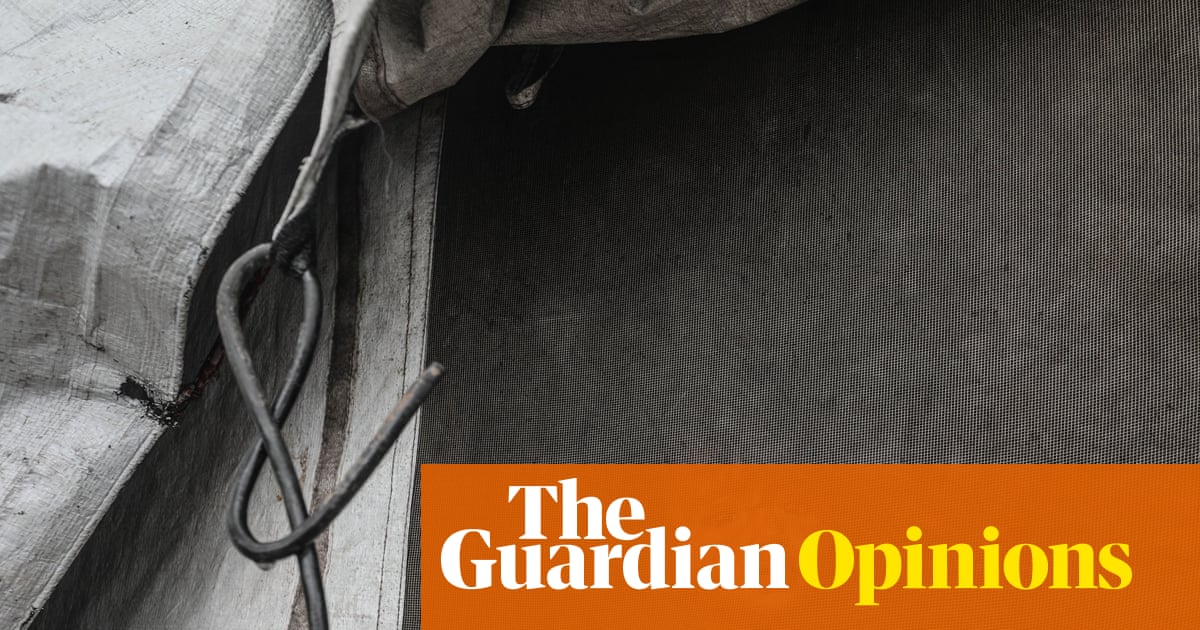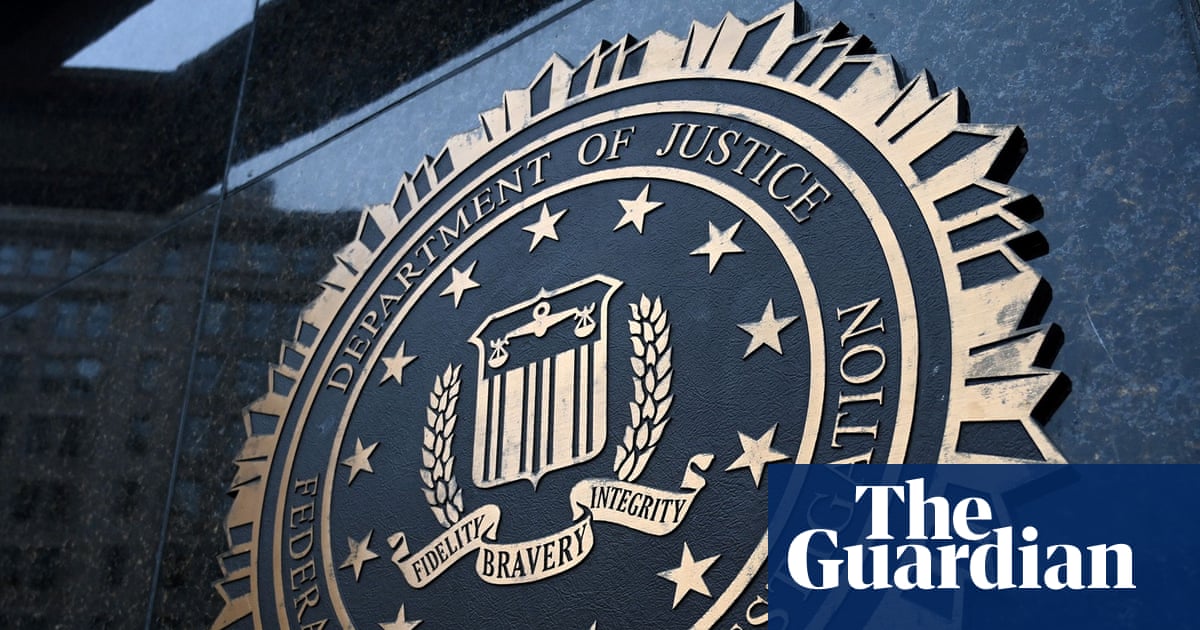What was going through the mariners’ minds, embarking on a voyage they must have feared they would not survive? How did they bid farewell to their loved ones before setting off? What had driven them to accept such a mission? The answers to those questions, like the identities of the sailors, remain a mystery to Brazilian police.
What investigators are certain of is the purpose of the vessel: a dungeon-like “narco-submarine” that they say was days away from starting a hellish three-week odyssey across the Atlantic carrying hundreds of millions of pounds-worth of cocaine to Europe.
“You could pay me as much money as you liked and I confess I wouldn’t go … on such an insane journey,” said Fernando Casarin, the federal police chief whose special forces recently captured the narco-sub on the eve of its departure from the Amazon.
“You ask yourself if [for these sailors] it’s a question of great courage or a total lack of awareness of what they’re getting into,” added Casarin, who is responsible for the vast state of Pará where the sub was found in May in a secret dockyard on the island of Marajó.
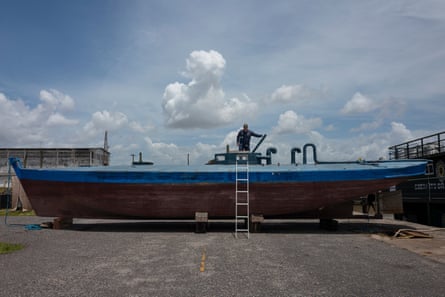
Colombian drug lords first started using narco-subs – in reality handmade semi-submersibles that travel just under the surface of the water with only their cockpit sticking out – to smuggle cocaine through the Caribbean towards Mexico and the US in the 1980s.
More recently, crime bosses have become far more ambitious, commissioning fibreglass creations to ship huge hauls of cocaine thousands of miles to the coasts of Portugal and Spain.
Casarin said the eye-watering profits involved in cocaine trafficking explained why South American criminals continue to use subs, despite the risks.
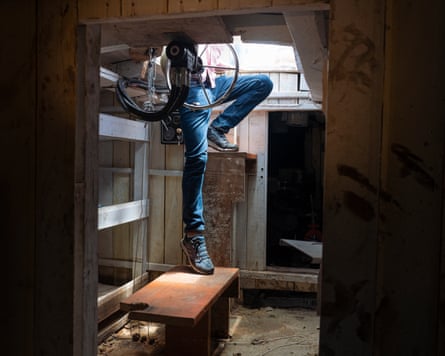
A kilo of cocaine could be bought for $1,000-$2,000 (£740-£1,480) on Brazil’s border with Colombia, the world’s top cocaine producer. In Europe, where consumption is soaring, the same amount could be sold for about $60,000. A sub that successfully smuggled 5 or 6 tonnes of the drug to Europe could net its owners $200m-$250m. “The profits are astronomical,” Casarin said.
Javier Romero, a Spanish journalist who is one of the leading chroniclers of the narco-sub industry, suspected South American kingpins had inaugurated the subaquatic trafficking route in the late 90s.

But police only confirmed the route’s existence in 2019 when the first such contraption was apprehended off the Iberian peninsula after its three occupants endured a 27-day nightmare from their starting point in the Brazilian Amazon.
Romero, who works for the newspaper La Voz de Galicia, believed the phenomenon has intensified dramatically in recent months, with “an uptick in activity” over the summer when the number of narco-sub alerts received by Spanish police rose from one every three months to more than five per month.
In mid-September, Spanish police seized 3,500kg of cocaine that had been delivered to the Galician coastline and arrested three Colombian suspects – although their narco-sub was nowhere to be seen.
Three months after the Brazilian narco-sub was captured on Marajó, the Guardian was given access to the 60ft vessel. Even on dry land, clambering into its cramped control room through a small hatch is a chilling and claustrophobic experience.
Two narrow wooden bunk-beds, on either side of the wheelhouse, offer the only resting space. A plastic windscreen would have been the sailors’ only window to the world as they forged ahead through the waves towards Europe at about 16km/h.
Osvaldo Scalezi, who runs the federal police’s anti-drug division, said that while most people assumed drowning was the greatest risk of travelling in a narco-sub, he believed it was suffocation. “You’ve got a very high-powered engine in there … and the exhaust pipes are really crudely made. There’s nothing to stop the combustion gases leaking into the vessel and asphyxiating them all to death,” Scalezi said.
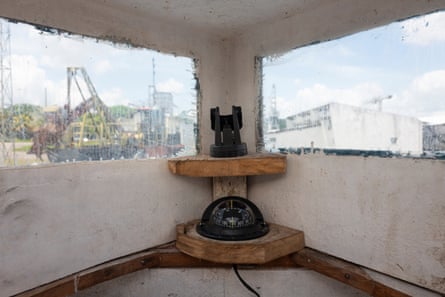
In the vessel’s wooden bow, where the drugs would have been stored, sat the only creature comforts its crew would have enjoyed during their 6,000km transatlantic voyage. A 700-litre tank for drinking water, a freezer and a portable air-conditioning unit to cool the sweltering greenhouse-like machine.
As he stared up at the wood and fibreglass hulk, Casarin compared the crew’s death-defying expedition to that of the American astronauts who made the first lunar landing in 1969. “It’s on that level,” he said. “It’s a crazy, pirate’s life.”
The nameless blue boat was discovered two months after an almost identical semisubmersible was caught near the Azores, during a joint operation in March involving Portuguese, Spanish, US and UK authorities. As well as 6 tonnes of cocaine, the vessel carried five men, three of whom were Brazilian from the Pará region.
For Casarin, the arrest of those three Brazilians reinforced the idea that Pará and the neighbouring state of Amapá were becoming “a hub for the construction of these sorts of vessels”.
Romero said the region’s remote jungles and mangroves were the ideal place to conceal “clandestine shipyards” that produced narco-subs. But it is far from the only location where such vessels are being built in South America – and Europe is no longer their most distant destination.

Henry Shuldiner, a researcher from Insight Crime who wrote a recent report on narco-subs, recalled how in late 2024 Colombian police intercepted a semisubmersible as it crossed the Pacific towards Australia and New Zealand, a journey that takes at least double the time it takes to get to Europe.
In January a scuttled narco-sub turned up on Sierra Leone’s coast, strengthening Shuldiner’s belief that the narco-sub industry was going global.
Despite the billions being made, little of that money finds its way to the mariners who steer the narco-subs across the Atlantic.
Casarin believed Brazilian seamen earned just 30,000-50,000 reais (£4,000-£7,000) for such a trip. Romero, the author of a book about narco-subs called Operation Black Tide, said the Ecuadorian sailors on the first vessel seized in Europe had been offered about $15,000.
“Narcotrafficking is an industry of exploitation, it always has been,” said the journalist, who calls the rickety vessels “propeller-driven coffins”.
“Just imagine spending hours, or days, stuck inside one of these things,” Romero said. “It is total madness.”

 3 months ago
105
3 months ago
105








